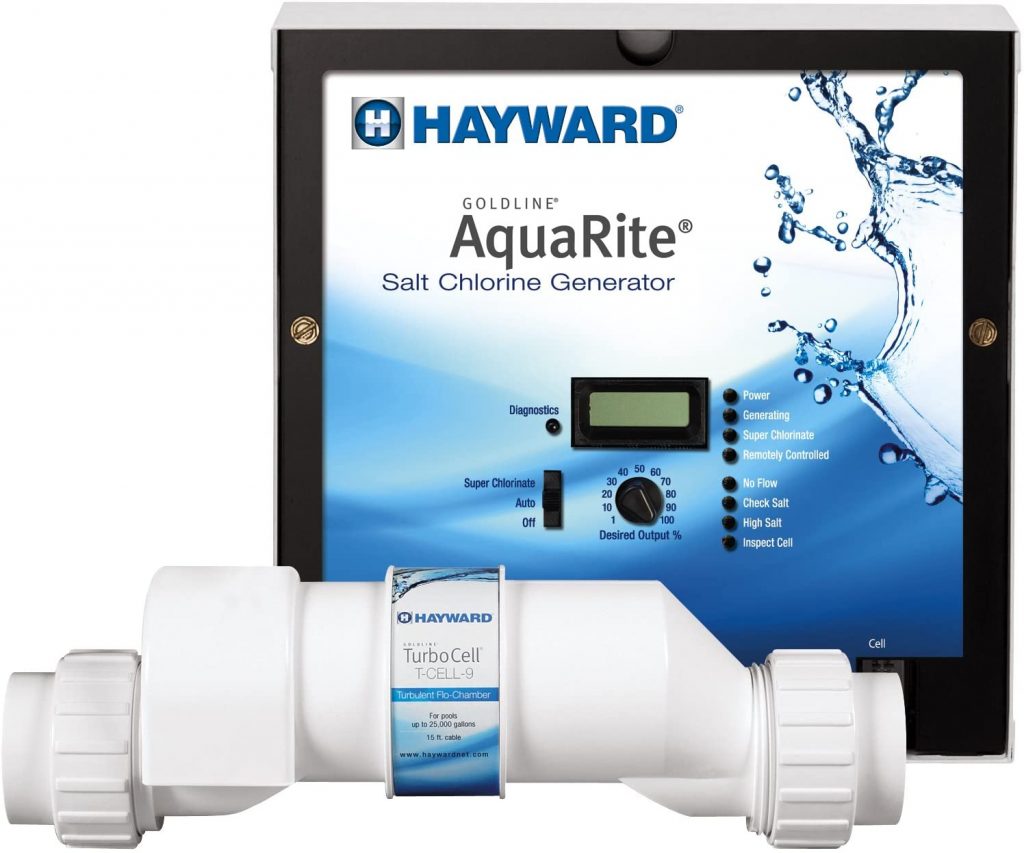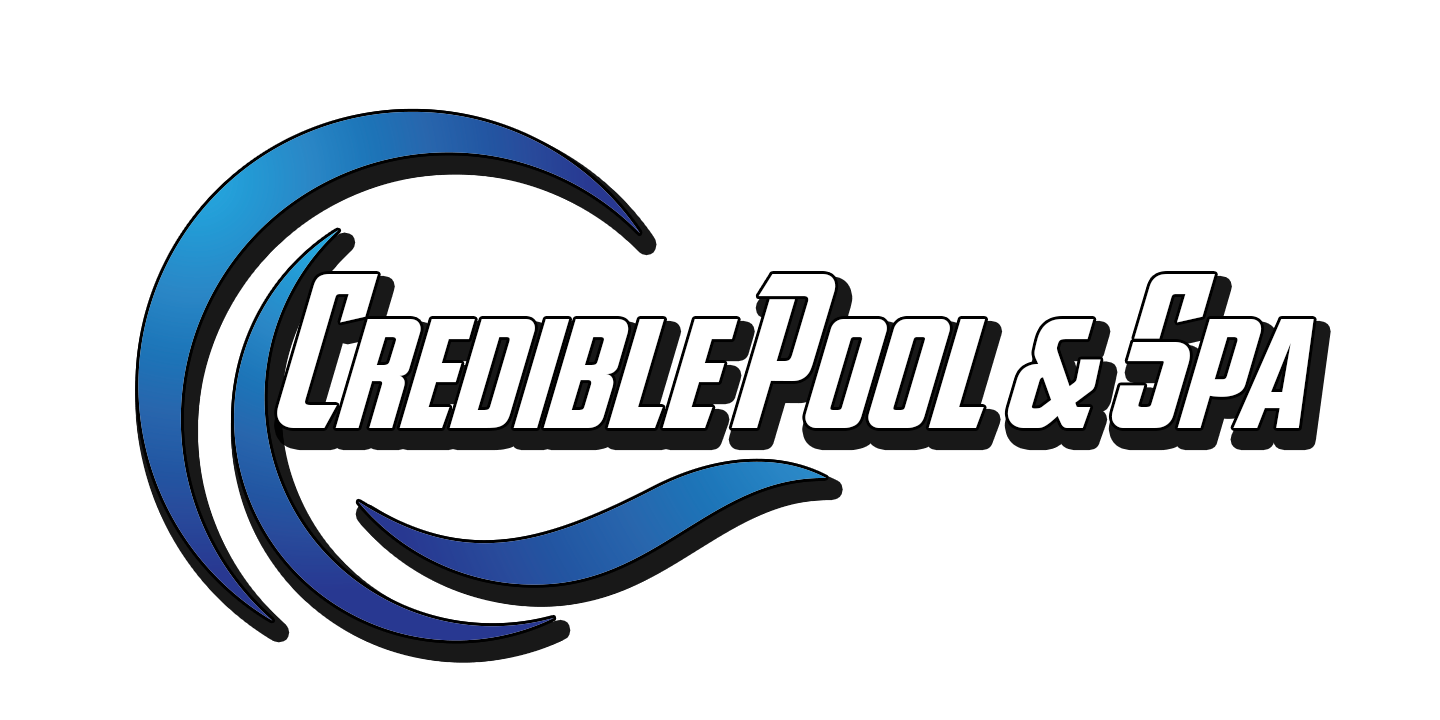
Keeping your pool water sanitized and maintaining proper chemical levels will be your biggest responsibility as a pool owner. The two main options you have to sanitize your pool are the traditional chlorine method or a salt water system.
Your choice will mostly depend on your level of commitment to your pool, and whether you’re prepared to make a large initial financial investment or would rather spend less money at first but put money toward your pool continuously over time.
Let’s break the two systems down a little bit.
Chlorine
A chlorine pool system is cheaper to install – the initial cost is much lower. All you really need is just the pump system and a device to chlorinate your pool. A floating chlorinator is the device most commonly recommended and used. You simply fill it with chlorine – which can come in stick, tablet or liquid form – based on the size and needs of your pool.
Initially, this may seem like the most reasonable option, but the real cost will add up over time.
The chemical levels in your pool water will be much more unpredictable, should you opt for chlorine. You will have to regularly, habitually pay attention to the levels, requiring you to test your water at least once daily.
Chlorine is corrosive. It can be harmful to your hair, eyes and skin, especially if you do not properly maintain your chemical levels. High levels can damage equipment and eat away at you deck paint. It can cause the fabric of bathing suits and towels and the material of your liner and pool toys to fade due to chlorine’s bleaching properties.

You will have to factor the cost of regular chlorine purchases into your budget for the entire life of your pool. This adds up and in the long run, can end up costing you so much more – hundreds and hundreds of dollars a year.
That does not take into account that sunlight, rainfall, temperature, number of swimmers, and frequency of pool use all affect the rate that the chlorine will dissolve. These factors will drive up your chlorine usage, thus unpredictably increasing your cost each year
Salt Water
A salt water pool does not mean chlorine free, it is still chlorine that is the sanitizer it is just created from salt in the water. It is easier to maintain and the water feels softer.
A salt-chlorine generator includes a salt cell. The salt you add to the salt cell goes through “electrolysis.” This process produces just enough chlorine to meet your pools needs, based on how many gallons of water your pool holds.
The upkeep that you’ll have to worry about the most is simply adding salt when the levels go below the unit’s operating range. Again, this varies from pool to pool, but your pool professional will inform you of the proper level for your pool.
Salt is much gentler on your skin, hair and eyes. It won’t fade your fabrics, damage your liner or eat away at your deck paint.

Your annual maintenance cost will be lower since you won’t have to constantly buy chlorine.
Where the main cost lies is in your initial investment. The price upfront is indeed mich more than a traditional chlorine pump system. A salt water system is more complex and repairs can be a little more complicated. This type of system also requires more power and will add to your electric bill noticably.
Salt cells much also be cleaned and changed periodically. You will have to check the cell for calcium deposits.
In conclusion…
It all comes down to if you have the money to spend now on an initially more expensive system OR if you are willing to put in more daily work and are able to factor in a constant long-term expense to maintain your pool while spending much less up front.
